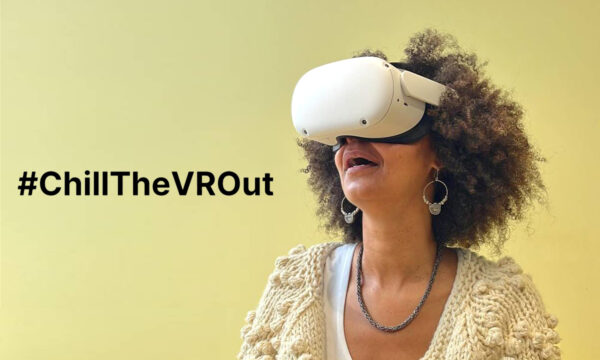Smartphones reflect owners’ microbial world

Smartphones collect a large part of the bacteria present on our body, a study reveals.
The University of Oregon sequenced the DNA of microbes found on the index fingers and thumbs of 17 people and took swabs of each of their smartphones, with the intent of verifying whether phones effectively are our closest possessions.
The study, published in Peer J journal, has provided a scientific proof of the symbiotic relationship we have developed with our phones, to the extent that they microbiologically resemble us.
Results showed more than 82% of the most common bacteria found on the participants’ fingers were also found on their phones.
By touching the device – an average of 150 times a day – phone users leave their bacterial “fingerprints” on the screen. The most common ones are the three bacteria typically found in the mouth and on human skin: Staphylococcus, Streptococcus and Corynebaterium. Interestingly, women were found to be more strongly connected to their phones than men.
Researchers believe with the help of this project phones could now be used to find out whether a person has been exposed to certain bacteria or to monitor health in a non-invasive way.
Real-time sequencing technology could be used to screen health-care workers’ phones – rather than the people themselves – to verify whether certain pathogens are being carried in and out of the medical facility.
Although phones carry most of our bacteria, researchers say there is yet “no proof” that these items could present a higher infection risk compared to other possessions.
The human body is populated by trillions of micro-organisms living in the gut, mouth and skin. Bacteria can have harmful effects but are also extremely useful, especially in the digestion process.
Federica Marsi

























Facebook
Twitter
Instagram
YouTube
RSS